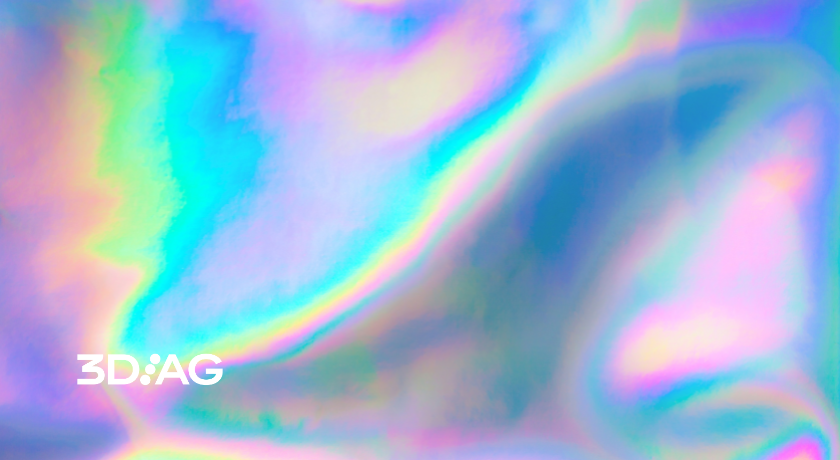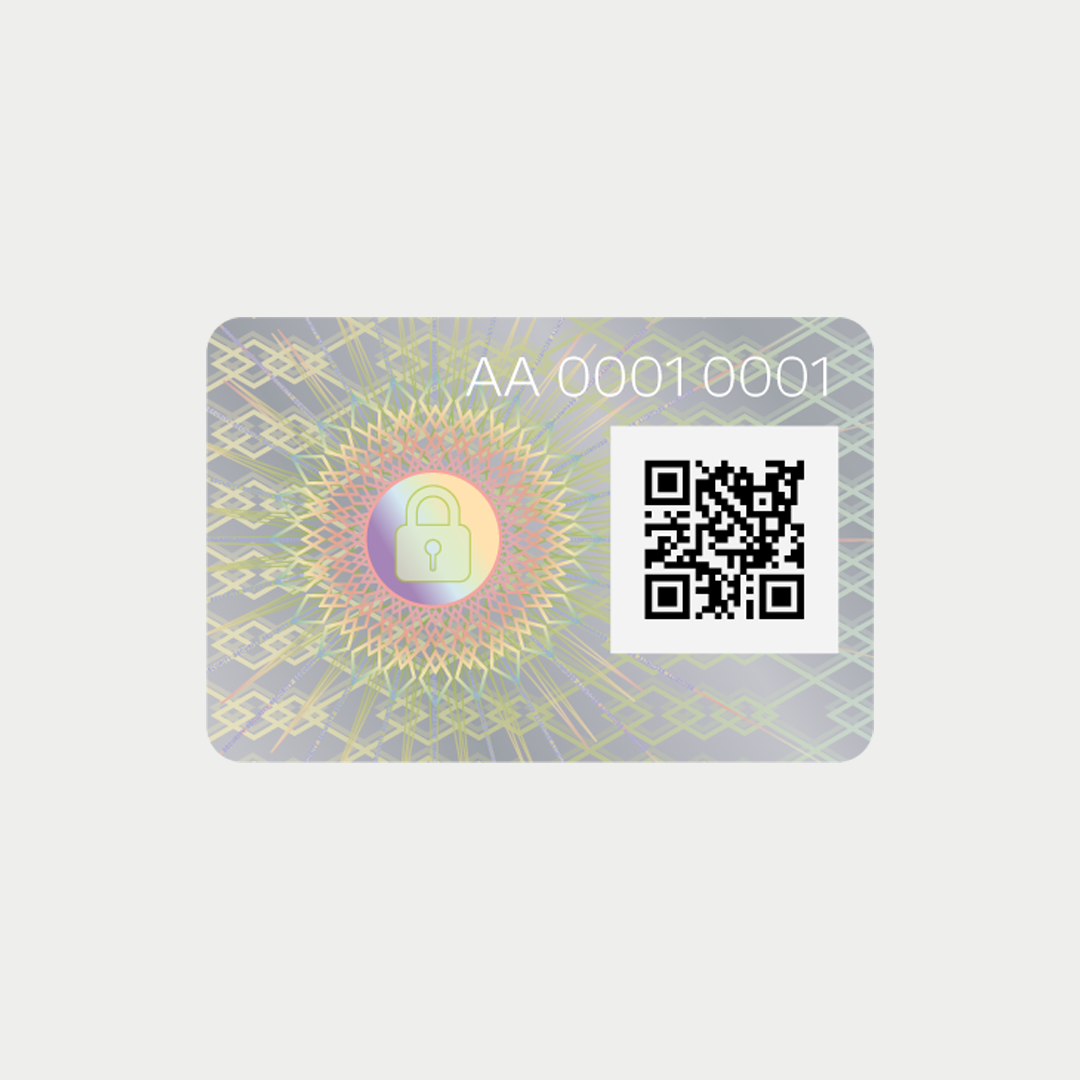
Understanding the Differences Between Printed and Holographic Colors
In the world of printing, finding the right color is a science. Each individual ink and printing method yields slightly different results. When we choose precise colors to represent our brand and company, it is crucial to maintain consistency in tone. However, a significant difference arises when we compare printed and holographic colors.
Printed Colors
To illustrate printed colors, let’s consider CMYK, one of the most popular printing methods. Inks used in CMYK printing come in four colors: Cyan, Magenta, Yellow, and Key (Black). By combining these CMYK inks, most colors can be represented in printing. The inks are applied in set patterns of tiny dots that appear to create a solid color, much like the pixels in a digital image. Layers of these dots, with varying amounts of ink, produce any shade or color. This printing method ensures that your logo is printed in the right tone.
The following images showcase the simulation of a hologram as a graphic proposal vs. a photograph of a hologram label. It is not always easy to visualize how the hologram will look from the graphic proposal!



Printed Colors vs. Holographic Colors
When comparing a printed logo with a specific color scheme to a holographic logo, a fundamental difference becomes evident. A logo in a hologram always consists of Rainbow colors, and the visible color changes depending on the angle at which white light hits the hologram. The color of a hologram shifts based on the viewer’s angle relative to the light source—the more light, the more visible the hologram becomes. Unlike printed colors, the mass production of holograms involves embossing the nanostructure into foil using heat and pressure. This process highlights the vast difference between printed and holographic colors!
Holographic Colors
A hologram is a nanostructure, essentially a surface relief at the nanoscale. To put it in perspective, a human hair is approximately 90,000 nanometers thick. A hologram’s structure ranges between 300 to 500 nanometers, making it invisible to the naked eye or even a basic microscope. However, this nanostructure has a unique ability to diffract light, creating what we call holographic or Rainbow colors—an optical phenomenon of light.
Visible light, as perceived by the human eye, consists of different color ranges, known as spectral colors. White light is a mixture of all the visible wavelengths that the human eye can detect. It can be generated by various sources like the sun, stars, fluorescent light bulbs, and white LEDs. The nanostructure of a hologram functions similarly to a prism: when white light hits the prism or the hologram, it splits the white light into all the spectral colors, creating the iconic Rainbow effect of holograms.
This structure uses headings to break up the content, making it easier to read and understand while clearly distinguishing between printed and holographic colors.
